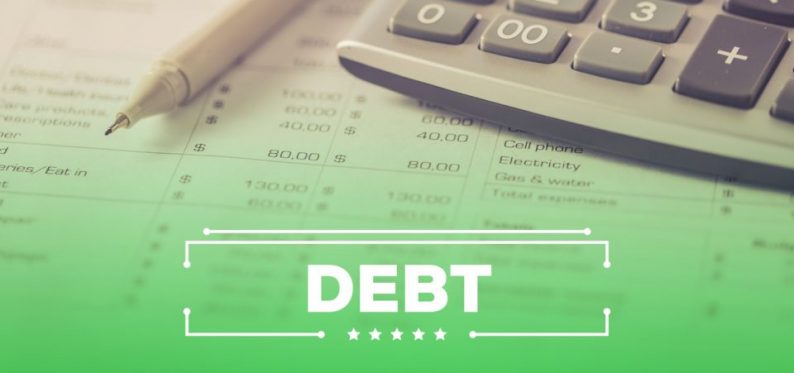
iStock.com/relif
The Tax Breaks’ Biggest Achievement Is to Have Increased the Risk of U.S Debt
In a mere decade, Washington achieved what should have taken at least 80 years to achieve. The U.S. federal debt (U.S. debt, for short) increased by $11.0 trillion.
In 2009, after the sub-prime crisis began, U.S. debt was about $10.0 trillion, bank bailout and all. U.S. debt is now at $21.0 trillion and, as the voice in the James Bond movies says, “and counting.” It could offset any gains that the current economic recovery has generated.
As a percentage of gross domestic product (GDP), the current level of U.S. debt is about 106% of GDP. The only time it was higher was in 1946, right after World War 2. (Source: “United States Gross Federal Debt to GDP”, Trading Economics, last accessed October 23, 2018.)
According to the Congressional Budget Office (CBO), Washington will have to pay $390.0 billion this year just to pay the interest on the public debt. In less than a decade, that interest rate payment alone will be $900.0 billion. (Source: “As Debt Rises, the Government Will Soon Spend More on Interest Than on the Military”, The New York Times, September 25, 2018.)
The Defense Budget Is Nothing Compared to U.S. Private Debt
It makes President Donald Trump’s $716.0-billion defense budget look like a milk run at the corner store. The U.S. public has little chance to intervene, given that it has accumulated some $13.3 trillion in debt, almost 70% of which comes from housing mortgages.
Student loans contribute $1.5 trillion of that. Imagine what will happen when students discover the meaning of “real” interest rates. Most families won’t be able to cope with higher interest rates when their credit card bills arrive.
The level of credit card debt has bounced back to where it was in 2008. Is there any question, then, as to what the detonator of the next financial crisis could be?











Leave A Comment